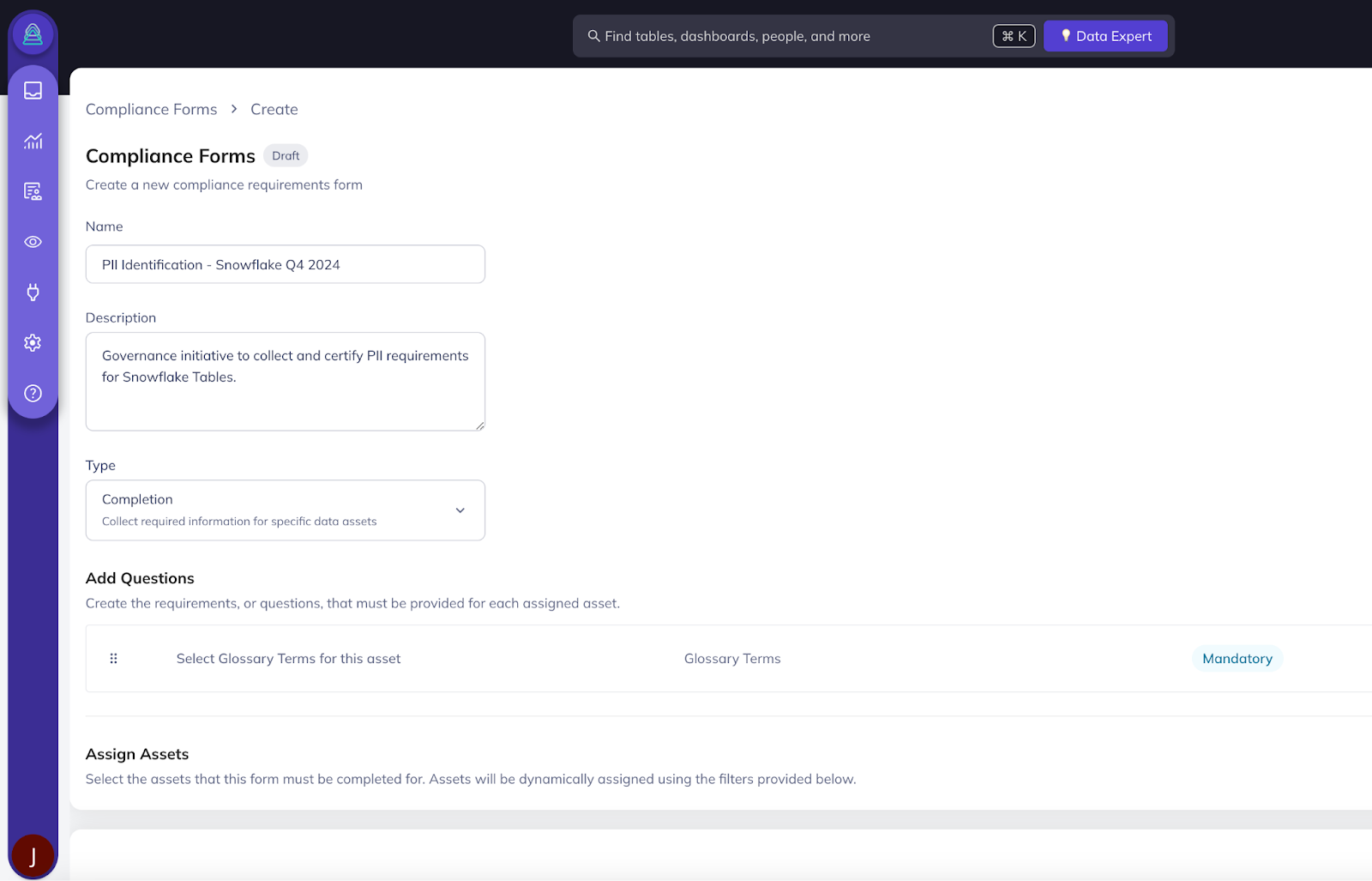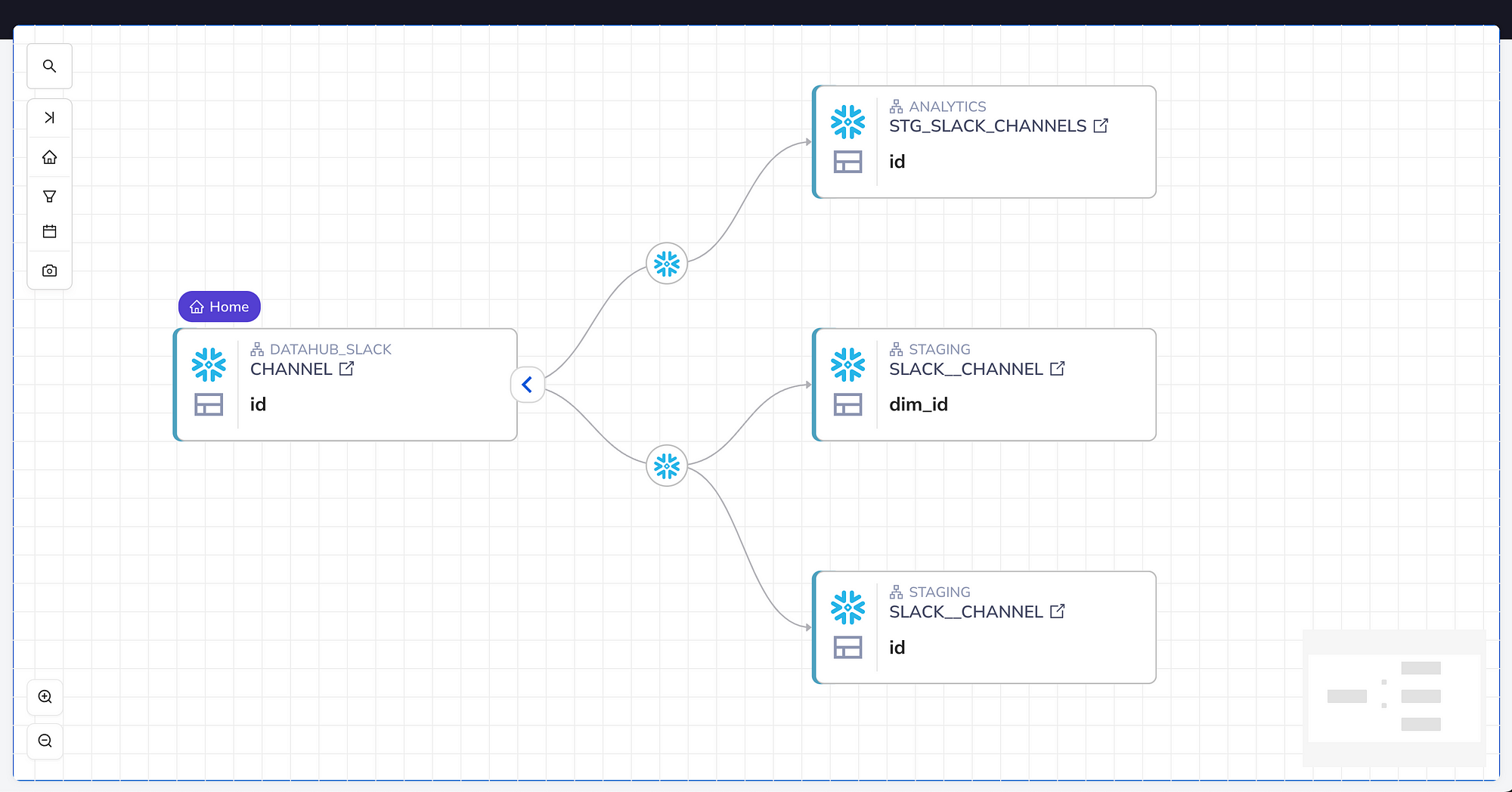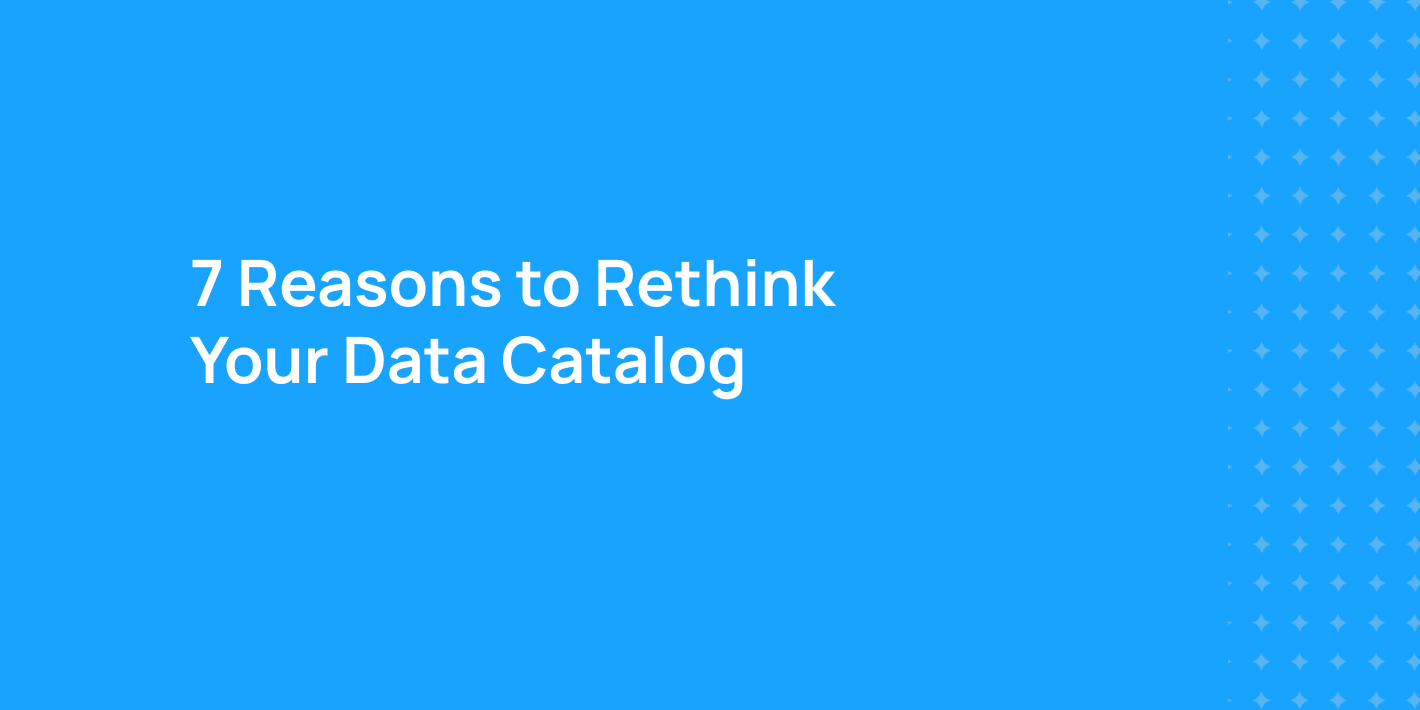Enabling Data Governance at Scale — What’s Inside DataHub Cloud v0.3.7
Enabling Data Governance at Scale — What’s Inside DataHub Cloud v0.3.7
DataHub Cloud v0.3.7 is here! From advanced automations to customizable metadata attributes to rich compliance workflows, this release introduces features to help your data teams provide seamless data discovery, conquer data governance, and achieve data reliability at scale.
Want to dive deeper? You can check out the full release notes here.
Product Updates
We’re excited to share some new features that redefine how you manage and govern your data assets. Here are the things we’re most excited about:
- 🏷️ Structured Properties Management: Manage custom properties for all asset types in one place. Apply custom properties to individual assets and columns with ease.
- 📋 Compliance Forms Management: Crowdsource the collection of critical compliance attributes for your data assets by defining and assigning requirements for groups of assets.
- 🎉 Column Lineage Graph: Separate the signal from the noise by focusing on an individual column’s upstream and downstream relationships.
- 🔍 Improved Lineage Graph Search: Supports searching the lineage graph by asset name, both globally and within a particular group of unexpanded downstreams or upstreams. Additionally, the ability to expand an entire group of assets in a single click.
- 🤖 AI Classification Automation (Beta): Automatically classify tables and columns with custom glossary terms using Generative AI. This feature is currently in beta, please contact your Acryl Data representative if you’d like to try it out! Learn more here.
- ⚡ BigQuery Metadata Sync Automation (Beta): Sync tags, glossary terms, and descriptions from DataHub back to BigQuery. This feature is currently in beta, please reach out to your Acryl Data representative if you’d like to try it out! Learn more here.
Introducing Structured Properties
Starting in v0.3.7, you can manage, customize, and apply fully custom properties to all of your data assets within DataHub Cloud.
What’s supported:
- Define custom properties for specific asset types
- Apply custom properties via the Properties tab
- Search & filter data assets using custom attributes
- Elevate custom properties to be visible on the asset sidebar
- Elevate custom properties to be visible on the asset search card & header
You can get started with Structured Properties by navigating to Govern > Structured Properties.

To learn more about Structured Properties, check out the Feature Guide. Looking for advice? Join our DataHub Slack Community to ask your toughest questions and connect.
Introducing Compliance Forms
Maintaining compliance for your data assets can be difficult. Oftentimes, the people responsible for driving compliance are not the same people who work with the data every day.
To address this in v0.3.7, we’ve introduced Compliance Forms, a workflow that enables central governance and compliance teams to crowdsource required attributes — from ownership to glossary terms to custom properties — for all of their data assets.
What’s supported:
- For a Data Compliance team, the ability to define a set of required metadata attributes for all assets or a set of specific assets (including ownership, domains, glossary terms, descriptions, and custom properties).
- For a Data Compliance team, the ability to assign specific users, groups, or data owners to complete the required metadata attributes for the assets they are responsible for.
- For a Data Owner or Data Steward, the ability to complete the required metadata attributes for all the assets they are responsible for (via the Task Center or Asset Profile page).
You can get started with Compliance Forms by navigating to Govern > Compliance Forms.

In the next release, we aim to introduce the ability of the central Data Compliance team to monitor the progress of their compliance initiative using Compliance Forms Analytics. Stay tuned for more!
To learn more about Compliance Forms, check out the Feature Guide.
Introducing Column Lineage Graph View
Up to this point, the lineage for a single column was viewable only in the context of all other columns which belonged to the Table or View it resided in.
Starting in v0.3.7, a streamlined column-level lineage graph view has been introduced which enables you to view the upstream and downstream lineage for a single column in isolation:

Simply click Expore complete column lineage view to navigate to a dedicated browsing experience for the selected column:

With this release, we hope to make impact analysis workflows more streamlined and effective, — and we’re excited to continue to make Data Lineage more delightful!
Ingestion Enhancements
In v0.3.7, you’ll see improved ingestion reliability and configurability for key integrations:
- PowerBI: Support for Apps and cross-workspace lineage.
- Snowflake & BigQuery: Improved handling of temporary tables and lineage for swap statements.
- Fivetran: Stability improvements for large-scale deployments.
Platform Changes
You’ll also see updates focused on system reliability and compliance:
- New automatic garbage collection mechanisms for optimizing storage efficiency
- New search ranking enhancements to increase the visibility of the most popular assets
- OpenAPI v3 enhancements for API extensibility
- System-wide privilege management improvements
- Improvements to detection & cleanup of stale, orphaned, or aborted ingestion jobs
Breaking Changes
With each release, it’s important to highlight potentially disruptive changes. In this release, there are a few important things to mention:
- Authentication and REST API Authorization (not authentication) are enabled by default for enhanced security. This means all ingestion APIs will require authentication tokens that have permission to access these APIs.
- Updates to schema validation — empty and duplicate field paths are no longer supported at ingestion time.
- The
valuefield in the OpenAPI & Rest.li search APIs has been deprecated and scheduled for removal (usevaluesinstead).
For customers managing highly customized workflows, you can check out our breaking changes guide for more details.
Bug Fixes
We’ve resolved multiple issues affecting user experience and performance for a smoother and more reliable experience across the platform:
- Fixed UI bugs like unnecessary scrolling, improved handling for lineage graph edge cycles, and many miscellaneous UI / UX improvements focused on consistency and scalability.
- Various improvements to the beta Snowflake Tag Sync and column description propagation automations.
- Various improvements to the automation management UI
- Various fixes for dbt-Data Warehouse siblings, including a fix for navigating to both the dbt & warehouse URLs individually.
DataHub v0.3.7 continues to evolve as the leading metadata management platform designed to meet the challenges of modern data ecosystems.
Let’s get to it
Whether you’re looking for scalable governance, streamlined compliance, or automating your workflows, this release equips you to work smarter and innovate faster.
Want to learn more? Explore the full release notes here.
Recommended Next Reads

